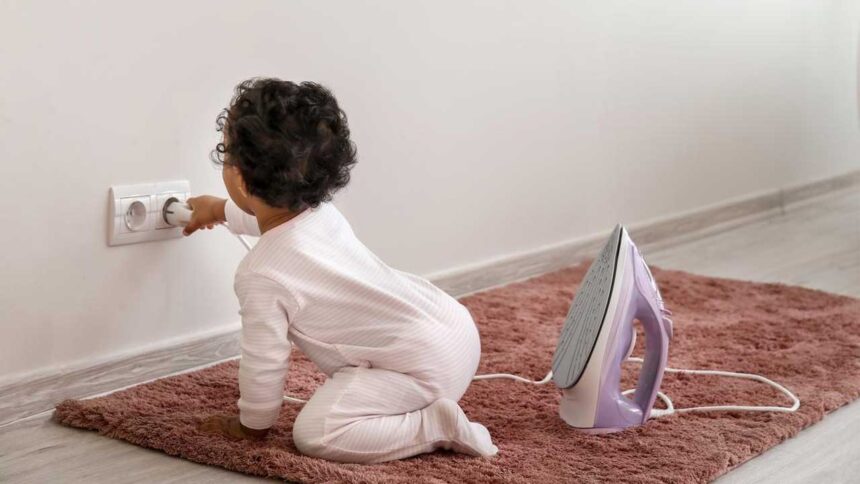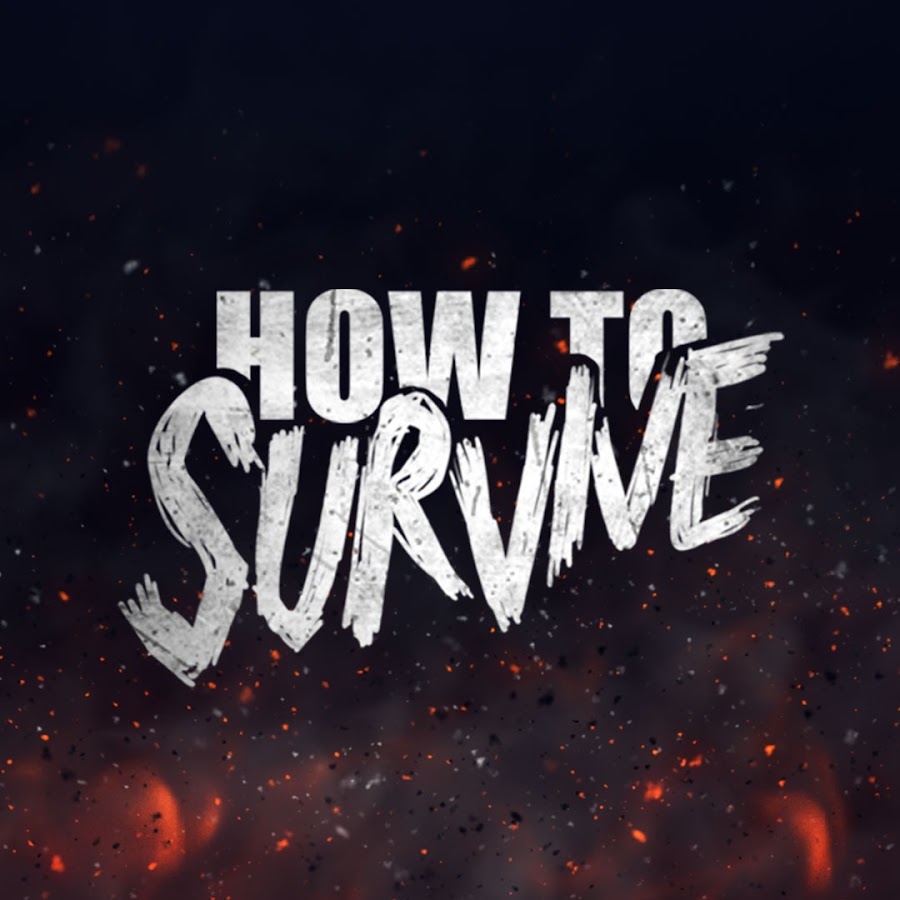Home Safety Measures for Children information by Drugs.com, including Home Safety Measures for Children advice. – Fire Safety for Children: Teaching Kids to Stay Safe.
What are home safety measures for children?
It means taking necessary precautions to make a place safe for children. Some items in the home can be dangerous for children. Children are curious and like to explore. Babies also frequently put everything in their mouths. Basic home safety measures help prevent injuries as your child explores his environment.
What are some of the general safety precautions I should take?
- Always use safety locks or locks and items made to protect children. Some deadbolts are only made to keep a door, lid, or drawer closed. Use safety locks or latches to ensure your child cannot reach any dangerous items that are locked up. Do not use tape, staples, or glue. They are not made for use by children.
- Install fire alarms and carbon monoxide (CO) detectors—place smoke alarms on every floor of your home, in every bedroom, and in the kitchen. Carbon monoxide is a poison gas that has no odor. Place a carbon monoxide detector outside each room. Review them every month. Change the batteries once a year, at least. Keep matches, matches, and lighters out of the reach of children. Have a fire escape plan, and ensure your older child knows what to do during a fire. Talk to your child about fire safety.
- Keep the Poison Control Center phone number posted to find it quickly and easily. The phone number is 1-800-222-1222. You should post this number near all the phones in your home or program it into your phone for automatic dialing.
- Be sure to implement basic child safety rules for your home inside and out. Remember to check every floor of your home, including the attic and basement.
How do I implement child safety measures inside my home?
- Implement stair safety. Install self-closing gates at the bottom of the top of the stairs. Install the gate to the wall at the top of the stairs. Install handrails on each of your stairs.
- Make the doors secure. Put manual locking deadbolts or latches on all doors or keep doors locked if possible. Install the slider or latch high enough so your child cannot reach it. Devices are available to prevent children from crushing their fingers or doors from closing on their hands. Put safety locks on old appliances, like refrigerators. These may not be able to be opened from the inside. If your child gets into one, he may not be able to get out and suffocate.
- Implement security on glass objects, windows, and doors. Do not leave breakable glassware within the reach of children. Put security locks on all windows. Protective screens can be installed to prevent the child from falling out of the window. Put stickers on glass doors so children don’t try to walk through the door.
- Implement security on furniture. Use soft protectors for the ends of furniture and corners. Remove furniture that has glass on top. Anchor furniture, such as cabinets and shelves, to the wall, so your child won’t pull on them and fall on top of you. Use a cordless window covering, or buy cords that don’t have loops. You can also cut ties. The child’s head could be wrapped in the loop, and the loop could wrap around their neck.
- Implement security on electronic devices. Keep cables out of sight. Remove any wires that are broken or frayed. Cover the plugs. Tape the part where the batteries come from electronic devices like the TV remote control. Remote controls can use button batteries. Button batteries can get caught in your baby’s throat and cause choking or serious harm. Store batteries out of the reach of children.
- Implement security at game time. Put all toys away when not in use. A baby can choke on toys that are not appropriate or safe for the child’s age. Do not leave uninflated balloons or plastic bags in plain sight. These can suffocate the child.
How do I implement security in my child’s bedroom?
- Get a crib made recently and one that follows current safety standards. Make sure crib rails are not more than 2 3/8 inches apart. This makes the space between the rails small enough so that the baby’s head does not fit between the bars. Check that the mattress fits snugly in the crib. Your baby may fall between the mattress and the crib and become trapped.
- Do not put your baby in the crib with pillows or toys. A pillow can fall on your baby’s face and suffocate him if he cannot move the pillow away from her face. The baby may stand on the toys tall enough to fall out of the crib.
- Place the crib or bed in a safe place. Make sure there are no cords near the bed or crib.
- Implement bunk bed safety for your older child. Choose a style that has a safety barrier rail around the upper bunk. Having a safe ladder to get off the top bunk would be best. Never put a regular bed on top of another.
- Use the changing table that has a safety strap. Use the strap every time your baby is in the changing bed. Never leave your baby alone on the changing table. Keep one hand on top of the baby to prevent her from falling.
How can I implement child safety measures in the kitchen?
- Implement stove and oven safety. Cover stove knobs with hard plastic covers so that children cannot turn the knobs. You can also remove the knobs when you’re not using the range. Cook on the back stove. The pot or pan handle should go towards the back of the stove so your child cannot reach it. Put a lock latch on the oven door.
- Unplug appliances when you are not using them. A toaster, hot plate, or small oven can immediately burn your child.
- Store sharp kitchen utensils in a safe place. Keep knives and other kitchen gadgets out of the reach of children. Store them in a drawer or cabinet with a safety lock as much as possible.
- Keep drawers from closing on your child’s hands. Some drawers are made with a safety brake. This can help prevent injury if your child forcefully slams the drawer. You can also screw a small padded plastic stop into the drawer so it won’t slam shut.
How do I implement safety measures in the bathroom?
- Never leave your child unattended in the bathtub. Children can drown in even a small amount of water. Take the child with you to answer the phone or answer the door.
- Do not leave standing water in tubs or buckets. Your baby’s upper body is heavier than his lower body. A baby who falls into a tub, bucket, or toilet may not be able to get out on his own. Attach a safety latch to the toilet lid.
- Avoid burns. Install anti-scald devices in showers and showers, and faucets. Set the water temperature to 120°F (49°C). Check the water temperature before putting your baby or child in it.
- Avoid cuts. Keep sharp objects such as nail clippers and scissors out of the reach of children.
- Avoid injury. Place non-slip mats on the bathtub floor. Cover faucets with plastic padding. Place a non-slip mat on the floor outside the bathtub or shower.
- Avoid electric shock. Unplug hair dryers, tweezers, and electric razors when not in use. Do not use or leave any appliance near the water.
How should I store dangerous items?
- Implement safety with poison supplies. Lock up gasoline, detergent, pesticides, paint, and similar items out of the reach of children. Install a safety lock on all cabinets where you store these items. Keep chemicals in their original container. Never pack them in milk or food containers. Your child may think it is something to drink. Some house plants are dangerous for children. Place all plants out of the reach of children.
- Put away guns and other weapons. Store weapons in a locked cabinet. Store firearms in a locked cabinet.
- Do not store bullets in the same place as firearms. Lock these items in a cabinet, medicine cabinet, or drawer. Remember to keep your bag out of the reach of children with any additional medicines or vitamins.
How do I implement child safety measures outside my home?
- Take safety measures for children in the pool, jacuzzi, or panda bathtub. Put a fence around the pool or hot tub. Use a hard cover over the pool. Children can become trapped in flexible covers if they fall into the pool. Put a security lock on the cover of the hot tub. Do not leave water in the children’s pool.
- Implement safety measures with patio appliances. Put safety locks or covers on barbecue knobs, grills, and other cooking implements. Keep grill utensils out of the reach of children.
- Keep tools locked up—place tools out of the reach of children. Never leave building materials out while you are working.
AGREEMENTS ABOUT YOUR CARE:
You have the right to participate in planning your child’s care. Find out about your child’s health condition and how it can be treated. Discuss treatment options with your child’s doctors to decide the care you want for your child. This information is for educational use only. It is not intended to give you medical advice about diseases or treatments. Check with your doctor, nurse, or pharmacist before taking any medical regimen to determine if it is safe and effective.










